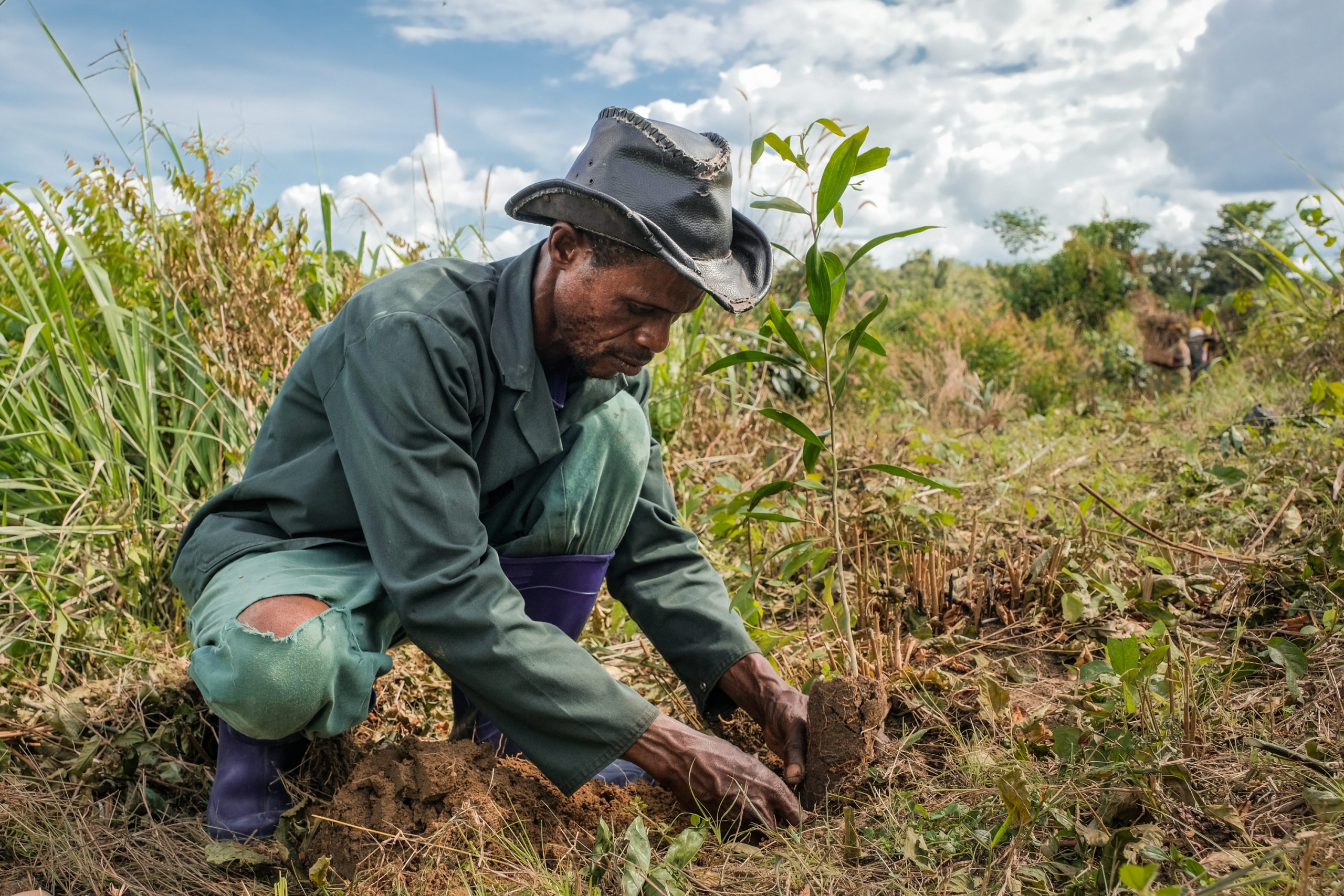Duration of engagment
Medium-Long (2-5 years to catalyze and sustain supplier engagement)
Cost
$-$$$ depending on how much a company decides to spend on financial incentives for suppliers vs. technical support, recognition, and facilitating linkages to other sources of funding
In the real world
Recognizing and resourcing supplier efforts to reducing emissions
Project Gigaton is Walmart’s program for reducing scope 3 emissions from its supply chain. Under the program, Walmart asks its suppliers to cut greenhouse gas emissions, use built-in calculators to estimate the reductions, and report results to Walmart. Walmart’s annual sustainability summit celebrates supplier achievements and announces new commitments. In Project Gigaton’s third year, a new Walmart webpage added “engagement in jurisdictional initiatives” as one action for which suppliers could claim credit. The page offers data to help suppliers understand where they are likely sourcing commodities, whether these supply origins are at high risk of deforestation, and how best to engage with sensitive, high-risk jurisdictions to improve sustainability outcomes.
Key points for companies
Companies can incentivize suppliers to engage in L/JIs in several ways. Upstream companies can work directly with suppliers in the context of an L/JI. Downstream companies can use preferred sourcing and other incentives that send market signals through the supply chain. All companies can give public recognition and visibility to suppliers, tailored to the audiences that matter most to them. Whatever approach is used, companies should consult with suppliers to clearly convey their own motivations and learn which incentives and supports are most attractive.

Support suppliers to engage in L/JIs. Companies can support suppliers (farmers, local aggregators, processors, and traders) in many ways including by co-designing L/JI strategies, supporting training, or legalizing production. The goal is to help suppliers see how they can maintain and increase their incomes while reducing deforestation.

Contract incentives. Both upstream and downstream companies can integrate L/JI goals and targets into their contracting mechanisms. Companies can integrate preferences for commodities sourced from effective L/JIs into their overall sourcing policies (see “Use preferential sourcing to support L/JIs that are demonstrating progress”). They can also provide preferential contract terms (such as higher volume, longer term, price premium) for suppliers participating in L/JIs (see “Align corporate policy specifications and supplier contract terms with landscape/jurisdictional goals and targets”). In general, contract incentives should be conditioned on both the individual supplier’s performance and the overall progress of the L/JI. By linking incentives to objectives, companies motivate suppliers to support the initiative, engage with government, and collaborate with communities and suppliers to accelerate adoption of good production and protection practices across the landscape/jurisdiction.

Production-protection incentives/payment for environmental services. Companies can directly pay farmers who protect and restore forests (see “Support landscape restoration in line with L/JI objectives”)They can also ensure suppliers gain access to government, multilateral, and carbon market funds that provide payment for environmental services (see “Help develop jurisdictional scale offset programs for deforestation”). As with supply contract incentives, suppliers and communities should be rewarded for progress on protection and restoration both for which they are directly responsible and at the level of the landscape/jurisdiction.

Recognition and public visibility. Downstream companies with significant public visibility (brands, retailers) can motivate upstream participants in their supply chains to participate in L/JIs by giving them public recognition as partners in sustainable sourcing. By recognizing upstream supply partners, downstream companies also add credibility to their own sustainable sourcing commitments.
Upstream companies can work directly with suppliers in the context of an L/JI. Downstream companies can use preferred sourcing and other incentives that send market signals through the supply chain.
External conditions that improve likelihood of success
- A prerequisite for effective engagement is an in-depth understanding of supplier interests, options, and constraints in relation to L/JIs. Downstream companies need to understand linkages among supply chain partners to identify the best engagement strategies across the chain.
- Good relationships and open lines of communication with supply chain partners can help companies engage suppliers in L/JIs.
- Well-coordinated company teams that link procurement, contracting, sustainability, and communications in order to develop and implement effective supplier engagement strategies.
The business case for this intervention
- Companies can only advance L/JIs as a strategy to meet their own deforestation/conversion-free commitments if suppliers willingly and effectively participate.
- Companies with strong leverage over suppliers can achieve significant results with limited investment; others can promote and coordinate participation in the L/JI in ways that enhance leverage and incentives.
- Sharing recognition with suppliers benefits both supplier and purchaser, and strengthens companies’ credibility as they publicize their sustainable sourcing commitments.
